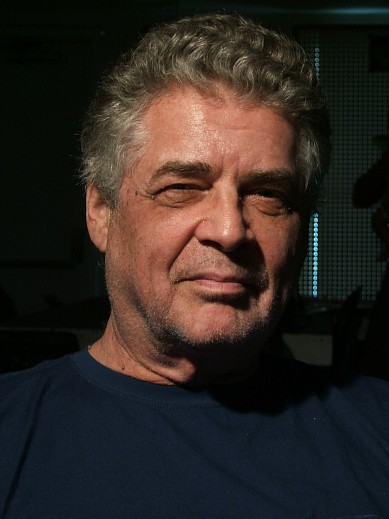
Walter Darby Bannard (1934-2016)
October 3, 2016 - ArtForum
Walter Darby Bannard, an American abstract painter and a pioneer of Color Field painting in the 1950s, died on Sunday, October 2, in Miami at the age of eighty-two.
Bannard was born in New Haven, Connecticut, in 1934. He attended Phillips Exeter Academy and Princeton University, where he befriended artist Frank Stella and critic and art historian Michael Fried.
During his more than six-decade career, Bannard authored more than one hundred essays and reviews for various publications. In a 1966 issue of Artforum, he wrote in “Color, Paint, and Present-Day Painting”: “Our attitude toward paint is a hangover from Abstract Expressionism. Most Abstract Expressionist painters used color as an ‘ax,’ to cut one area from another, and to identify planes and relationships. No complexity of color is needed for this . . . Of course a great painting can be made from one or two colors, and there can be no proof that painters need a sophisticated color system to paint beautiful paintings. But I feel that if painters had more colors they would use more colors, and that a more complex and varied spectrum would appear in contemporary painting.”
Bannard served as a cochair of the International Exhibitions Committee of the National Endowment for the Arts. He curated and wrote the catalogue for the first retrospective of Hans Hofmann, which was held at the Hirshhorn Museum in Washington, DC, and for many years, he was a professor and head of the department of Art and Art History at the University of Miami.
In 1964, Bannard’s works were featured in Los Angeles County Museum of Art’s landmark exhibition “Post-Painterly Abstraction,” organized by Clement, as well as in MoMA’s 1965 exhibition “Responsive Eye,” curated by William C. Seitz. In the June 2015 issue of Artforum, Phyllis Tuchman discusses why Bannard’s works were selected for these shows: “Even back in the day, the emergent artist’s Minimalist compositions must have seemed timeless. These are, to be sure, smart paintings. And while it’s tempting to raise the specter of formalism today, it’s perhaps more apt to suggest that the nearly five-foot-square canvases call to mind a foreign language that’s almost been forgotten.”
His first solo exhibitions were held in 1965, at Kasim Gallery, London; Richard Feigen Gallery, Chicago; and Tibor de Nagy Gallery, New York. In 1968, Bannard received a Guggenheim Fellowship and a National Foundation of the Arts Award.
Bannard’s works can be found in the collections of numerous institutions, including New York’s MoMA, the Brooklyn Museum, the Whitney Museum of American Art, the Solomon R. Guggenheim Museum, the Metropolitan Museum of Art, Centre Pompidou in Paris, and the National Gallery of Victoria in Australia.
Back to News
